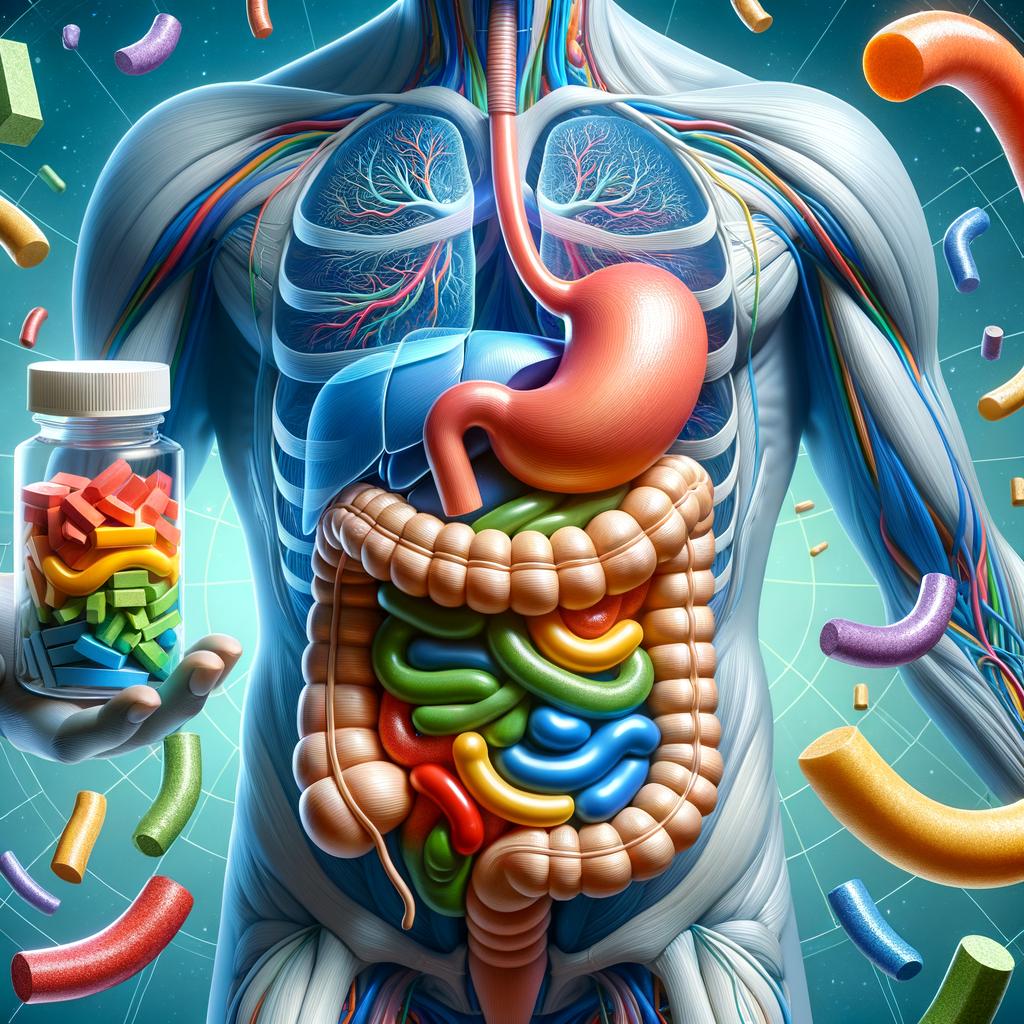
Introduction
Let’s have a little heart-to-heart about something we often don’t think about – digestive enzymes. Specifically, we’re going to answer the question, “How many digestive enzymes does the human body make?” In a nutshell, the human body produces around 22 digestive enzymes that are primarily concocted in your pancreas, small intestine, and saliva gland. But this taps into a broader world of enzymes and digestion – a crossing where chemistry meets food science. This article will delve deeper and explore the different types of digestive enzymes, their roles in our body, and some frequently-asked questions about the myriad mysteries of digestive enzymes.
Types of Digestive Enzymes and Their Roles
Imagine your body as a sophisticated, self-sufficient factory. In that factory, the enzymes act as diligent little workers, each having a specific job. The three primary workers, or types of enzymes, are proteases, lipases, and amylases.
Proteases – The Protein Shredders
Proteases are like the power lifters of enzyme world. They specialize in breaking down proteins into amino acids. When you munch on a chicken sandwich, proteases are the ones in the trenches turning that grilled chicken into useful nutrients.
Lipases – The Fat Fighters
Next, we have lipases, the skilled grease monkeys of your internal factory. They focus on breaking down fats into fatty acids and glycerol. So when you treat yourself to a slice of pizza, lipases are there, quietly tackling that cheese and ensuring your body can make good use of every bite.
Amylases – The Carb Cutters
Last but not least, we have amylases, the carb-cutting convicts. Their assignment is to divvy up carbohydrates into simple sugars like glucose. Doughnuts for breakfast, anyone? But don’t worry, amylases are ready to break down those sweet, sugary carbs into something your body can use for energy.
Other Digestive Enzymes
Beyond this trio of primary enzymes, our bodies create many other enzymes to help further break down nutrients from our food.
Nucleases, Maltases, Lactases and More
Nucleases act as the double agents, breaking down nucleic acids into nucleotides. Maltase, lactase, and sucrase are like the secondary processors in our industrial metaphor, taking disaccharides and breaking them down into monosaccharides, which can be absorbed into the bloodstream.
Enzymes: A Digestive Symphony
So, we have these 22 or so enzymes, functioning like a well-rehearsed orchestra pit, each playing their part and contributing to the overall symphony: the amazing process of digestion.
The Role of Enzymes in the Nutrient Absorption Process
Digestive enzymes facilitate nutrient absorption, enabling the broken down food molecules to pass through the delicate walls of our intestines and get absorbed into the bloodstream, nourishing our bodies with every nutrient possible.
Conclusion
In conclusion, the human body is a master of production, creating numerous enzymes to help with digestion and nutrient absorption. Just keep in mind that while our bodies might produce a plethora of proteins, lipases, and amylases, it’s still essential to maintain a balanced diet to ensure optimal health and function.
Frequently Asked Questions
1. Can the body make more enzymes if needed?
Yes, the body can increase enzyme production in response to a higher intake of certain types of food.
2. What happens if the body doesn’t produce enough enzymes?
A shortage of enzymes can interfere with digestion, leading to issues like indigestion and malnutrition, amongst other things.
3. What foods are good for enzyme production?
Fruits like pineapples and papayas, and fermented foods such as yogurt and kimchi, are known to be beneficial for enzyme production.
4. Where do digestive enzymes come from?
Digestive enzymes are created in the body, mainly in the pancreas, but also in smaller amounts in the mouth, stomach and small intestine.
5. How can I boost enzyme production naturally?
Eating a balanced diet rich in raw fruits and vegetables, and fermented foods can help boost natural enzyme production. It’s also important to stay hydrated and maintain a healthy lifestyle.

